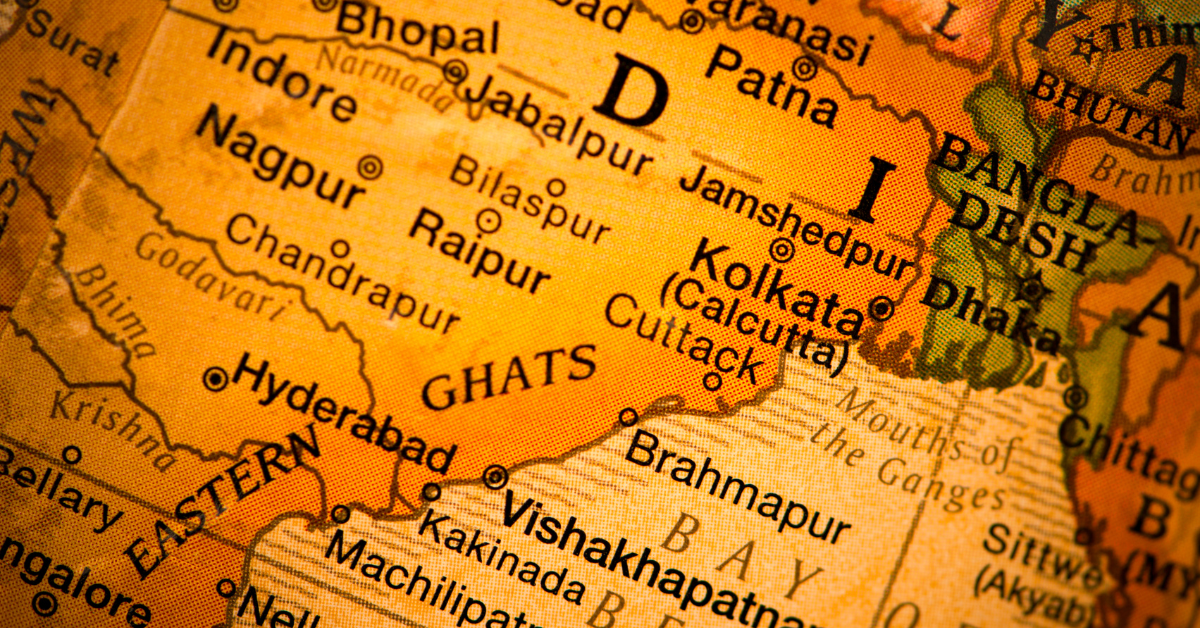Kolkata, one of India’s largest cities, is commonly written in Japanese using katakana (コルカタ) rather than Chinese characters. Historically known as Calcutta, it was officially renamed in 2000 to reflect Bengali pronunciation. For Japanese people, Kolkata represents a blend of history, culture, humanitarian values, and modern vibrancy, creating a complex image that goes beyond a single perspective.
Differences Between “Kolkata” and “Calcutta” in Writing
In 2000, the Indian government officially changed the name from “Calcutta” to “Kolkata,” reflecting the pronunciation in Bengali. In Japanese, no Chinese character representation has become common, and katakana writing is the norm. Meanwhile, in Chinese, the name is transcribed phonetically as “加爾各答,” which is still used in Chinese-language maps and documents.
| Writing Style | Origin | Usage Context |
|---|---|---|
| Kolkata (コルカタ) | Based on Bengali pronunciation “Kolkata” | Japanese newspapers, maps, official documents |
| Calcutta (カルカッタ) | Based on English “Calcutta” | Japanese historical records and literary works before and after WWII |
| 加爾各答 | Chinese transcription (Jiāěrgèdá) | Chinese maps and phonetic transcription sources |
Historical Impressions of Kolkata
Kolkata once served as the capital of British India, and remnants of the colonial era remain visible in its grand government buildings and European-style streets. For Japanese people, this leaves a strong impression of a “former colonial city.” Moreover, the city was a crucial base for the Indian independence movement, making it a symbolic place in modern Indian history.
Kolkata as a City of Culture and Humanitarian Work
Kolkata also stands as a symbol of culture and humanitarian values. Rabindranath Tagore, the Nobel Prize-winning poet, is widely introduced in Japan, reinforcing Kolkata’s reputation as a city of literature and the arts. Additionally, it was the base of Mother Teresa’s charitable work, which is globally recognized. For Japanese people, these factors shape the image of Kolkata as a “city where art and charity coexist.”
The Modern Face of Kolkata
Today, Kolkata is a megacity with a population of about 14 million. It is a hub of IT, education, and business, attracting people from across India and abroad. Yet, the presence of slums means the city also symbolizes the contrast between wealth and poverty.
| Urban Aspect | Feature | Japanese Impression |
|---|---|---|
| Education & Research | Prestigious universities and research institutions | City of scholarship |
| Economic Growth | Expanding IT industry and commerce | Growing city |
| Social Issues | Stark gap between rich and poor | Symbol of inequality |
Sports and the Passion of Kolkata
Kolkata holds a special place in sports, particularly as a center of football (soccer) and cricket. Football is deeply embedded in daily life, with clubs like Mohun Bagan AC and East Bengal FC enjoying fierce local support. On match days, stadiums fill with tens of thousands of fans, and the city takes on a festival-like atmosphere.
At the same time, cricket remains India’s national sport, and Eden Gardens stadium in Kolkata is world-renowned. For Japanese people, who often associate India more with cricket, the city’s intense football culture is a surprising revelation, leaving the impression of a lively and passionate metropolis.
| Sport | Major Clubs / Venues | Feature |
|---|---|---|
| Football | Mohun Bagan AC, East Bengal FC | Deeply rooted in civic life, fervent support |
| Cricket | Eden Gardens | Internationally famous stadium representing India |
The Complex Impressions Held by Japanese People
For Japanese people, Kolkata is not seen through a single lens. It is understood as a city where history, culture, humanitarian work, social contrasts, and sports overlap.
| Aspect of Image | Japanese Impression |
|---|---|
| History | A city retaining colonial heritage |
| Culture | Home to Tagore’s literature and arts |
| Humanitarian Work | Base of Mother Teresa’s charitable activities |
| Society | Symbol of inequality and poverty |
| Modernity | Hub of IT and education |
| Sports | Passion for football and cricket |
Conclusion
In Japanese, Kolkata is almost always written as “コルカタ” in katakana, and there is no standardized Chinese character representation. However, the old name “Calcutta” survives in the Chinese transcription “加爾各答.”
For Japanese people, Kolkata represents a historical city, a cultural and humanitarian symbol, a modern center of growth, and a vibrant sports capital. Thus, the city is remembered as a place where past and present, tradition and passion intersect.






